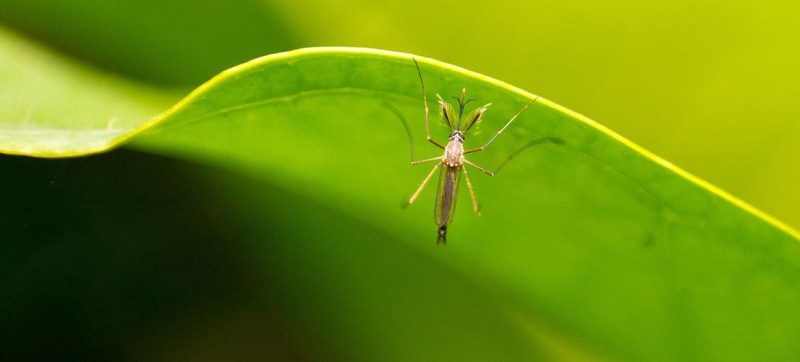Unsplash/Shardar Tarikul Islam Common types of mosquito-borne diseases include Dengue, Yellow fever, Chikungunya and Zika.
“About half of the world’s population is at risk of dengue, and dengue affects approximately 129 countries,” said Dr Raman Velayudhan, WHO’s Head of the Global Programme on control of Neglected Tropical Diseases.
“We estimate that about 100 to 400 million cases are reported every year. This is basically an estimate and the American region alone has reported about 2.8 million cases and 101,280 deaths.”
Most common infection
Dengue, also called breakbone fever, is the most common viral infection that spreads from mosquitoes to people. Most people with dengue do not have symptoms and recover in one to two weeks. But some people develop severe dengue and need hospital care.
“In some cases, especially when you get the infection for the second time, which we call a secondary infection, this can lead to severe dengue and it can be fatal too,” explained Dr. Velayudhan, briefing journalists at the UN in Geneva.
Dengue is spread by the Aedes species of mosquito. The disease is more common in tropical and subtropical climates. Its incidence has grown dramatically worldwide in recent decades, Dr. Velayudhan explained.
Cases rising fast
“In 2000, we had about half a million cases and today in 2022 we recorded over 4.2 million, which really shows an eight-fold increase.” He said that number could well increase “as we get more and more accurate figures.”
Asia represents around 70 per cent of the global disease burden and the future outlook is bleak, according to the WHO expert. In Europe, the Aedes mosquito is well established and dengue and chikungunya infections have been reported for more than a decade.
“European countries are also on alert because Europe had recorded an Aedes transmission of either dengue or chikungunya since 2010,” said Dr. Velayudhan. “We have had more outbreaks since then and it is estimated that the mosquito is present in about 22 European countries.”
Numerous factors in addition to climate change have driven the spread of dengue fever, such as the increased movement of people and goods, urbanization and pressure on water and sanitation.
Dengue spreading, rain or shine
“The mosquito manages to survive even when there is water scarcity,” said the WHO expert. “So, both during a flood situation as well as a drought situation, dengue can increase. The virus and the vector multiply faster at a higher temperature. This is a well-known fact.”
Dengue fever does not have a specific treatment and there is no direct drug intervention available. Usually, the disease is treated with medicines to treat fever and pain.
A dengue test takes two to three days before a reliable result is available.
Several new tools are under development that provide greater hope for preventing and controlling dengue, such as better diagnostics. A few antivirals are undergoing clinical trials.
Antiviral trials
“Two or three of these candidates are going through Phase Two trials and will move on to Phase Three, which is very promising,” Dr. Velayudhan said. “There is also one dengue vaccine in the market, which has got certain limitations, and two other candidates are actually in the pipeline and are under review.”
The UN health agency stresses that prevention is key. Because the mosquito bites during the day, it is important that people protect themselves at home, in schools and at work by spraying repellent around buildings.
Other protective measures include mosquito coils and sleeping under nets.

2023 UN News User Survey
Thank you in advance for agreeing to participate in our survey so we can improve and tailor our products to your needs. The survey will take no more than 4 minutes to complete.




Comments are closed.